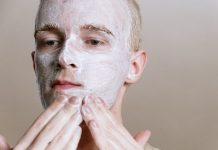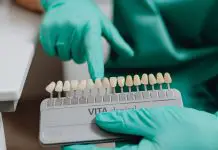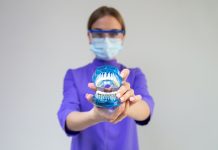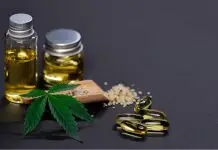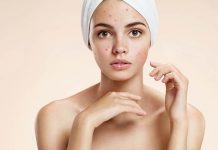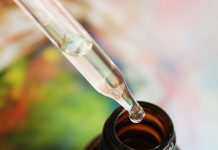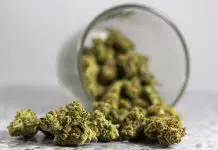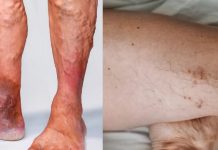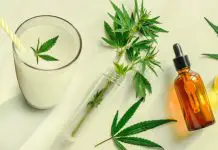Overview, Causes, & Risk Factors
Dry skin occurs when the moisture, or water, content of the skinis decreased for any reason.
What is going on in the body?
The surface of the skin holds a certain amount of water. When the water contentdecreases, the skin becomes dry, itchy, and uncomfortable.
What are the causes and risks of the symptom?
Some individuals have a genetic predisposition to dry skin. Aspeople age, their skintends to become drier. Dry air, resulting from winter’s low humidity and the useof indoor heat, can cause skin to dry out. Long, hot baths and showers can alsomake skin dry.
Symptoms & Signs
What other signs and symptoms are associated with thissymptom?
Dry skin may cause other symptoms, such as:
Diagnosis & Tests
How is the symptom diagnosed?
Individuals with dry skin can diagnose the condition themselves based on theirsymptoms. If the condition persists or worsens, a healthcare provider may beconsulted to rule out more serious skin disorders.
Prevention & Expectations
What can be done to prevent the symptom?
People subject to dry skin should soak thoroughly while bathing or showering.However, they should limit the amount of soap they use and the length of time they’re exposed tothe water. Some people may be able to use mild, moisturizing soap all over thebody. A few need to limit soap use to the underarms and genitalia.
After patting skin dry with a towel, the individual should apply a moisturizer.Two types of moisturizers are available over-the-counter:
The healthcare provider may also prescribe creams containing alpha hydroxyacids or urea to get rid of dead skin and minimize itching.
What are the long-term effects of the symptom?
If dry skin is severe enough and remains untreated, it can lead to eczema.
What are the risks to others?
Dry skin is not contagious and poses no risk toothers.
Treatment & Monitoring
What are the treatments for the symptom?
Dry skin is treated the same way it is prevented, following theguidelines for bathing and using moisturizers.
What are the side effects of the treatments?
There are no side effects to treatment, unless an individual isallergic to moisturizers. Those individuals should choose unscented orhypoallergenic moisturizers.
What happens after treatment for the symptom?
Moisturizer should be applied to the skin on a regular basis asneeded. This will help prevent symptoms from returning.
How is the symptom monitored?
Any new or worsening symptoms should be reported to the healthcareprovider.
Article type: xmedgeneral













